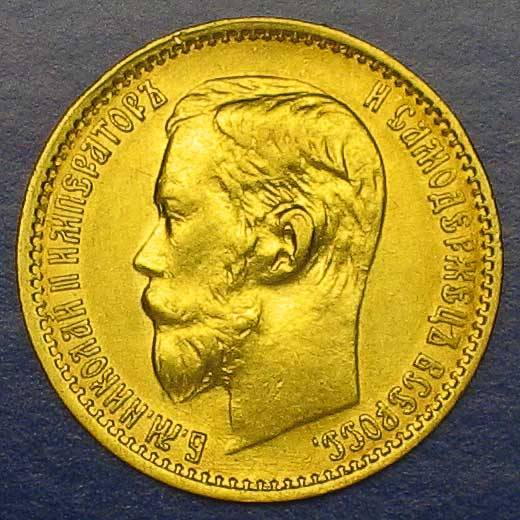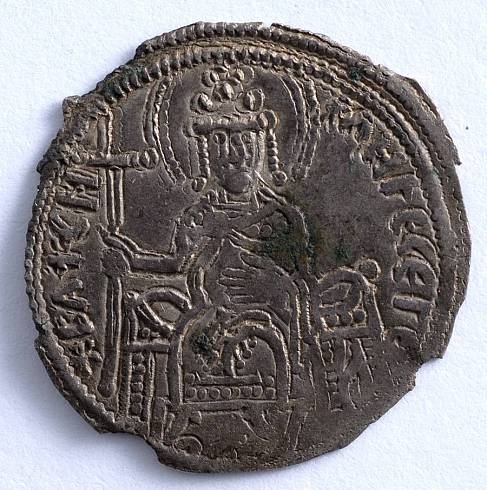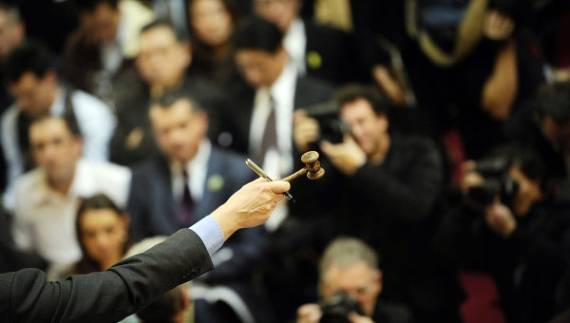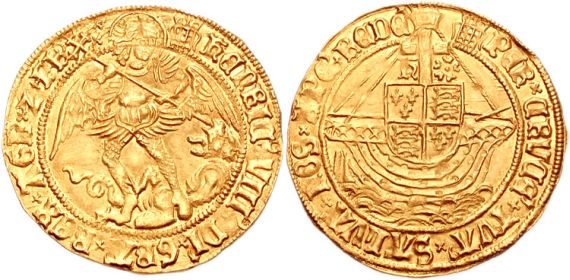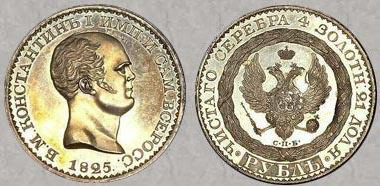Coins of Alexander of Macedon
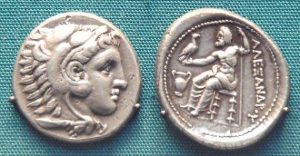 The great victories of Alexander the Great were nothing more than an era of transition in the ancient world. The coins perfectly demonstrated his rule, various campaigns, famous battles and battles, and also displayed in their images the intervals that occurred after these events.
The great victories of Alexander the Great were nothing more than an era of transition in the ancient world. The coins perfectly demonstrated his rule, various campaigns, famous battles and battles, and also displayed in their images the intervals that occurred after these events.
In the thirties of the last century, on the Princes’ Islands, which are not so far from the place where the young, still twenty, Alexander the Great, made the crossing over the Hellespont, archaeologists discovered a treasure. It was a fairly large number of gold coins, as well as coins made of electr – an alloy of gold and silver. According to the date minted on the coin, it was in 334 before the beginning of our era. Judging by the most numerous opinions of historians and archaeologists, the treasure was most likely buried by some rich man who felt that the approach of the army of Alexander the Great, as well as the alarming situation in those places, could rob the rich man of his savings.
There is a rather rare coin with the image of the Macedonian Tsar Alexander, this is the so-called big decadrachm, on one side of which is Alexander of Macedon himself, who fights with the Indian rajah. Alexander of Macedon is depicted on his horse Bucephalus, and the ruler of India, Por, sits on a large elephant. There are quite a few such coins, less than a hundred, and that is why they are invaluable and unique exhibits of any collection.
Soon, after the famous Macedonian king died, he received a split and his great empire finally collapsed, but the memory of Alexander the Great has survived to this day. First of all, this is due to the fact that his heirs tried to resemble him in many respects, therefore, they did not change his image on coins for many years, but even after the image began to gradually leave the coins, the rulers of different states and if the epochs placed their portrait on banknotes, they made it very similar to the image of Alexander the Great, that is, the monetary type itself was preserved, the face changed, and that was not significant. This led to the birth of a new era – the era of Hellenism.
Hellenism became famous for the fact that the rulers of this era tried to be in every way similar to the Macedonian king: in dress, habits, actions, battles, and so on. This is especially noticeable in ancient Rome, when portraits with images of emperors were almost identical, with the exception of any individual features, with images on the coins of Alexander the Great. These are emperors such as Caesar, Cicero, Octavian Augustus, and so on.
But time and art did not stand still, so the images of the Hellenistic era gradually changed, until finally they began to differ significantly from the original coinage, but the meaning remained the same. All were eager to be like a great ruler, to receive his fame, honor and respect.
Now, by selling such a coin, you can get a lot of money. For the money you can arrange not only a great elegant wedding, but also organize a wedding tour. After all, the wedding is the most important day of your life, and you should remember it forever.
